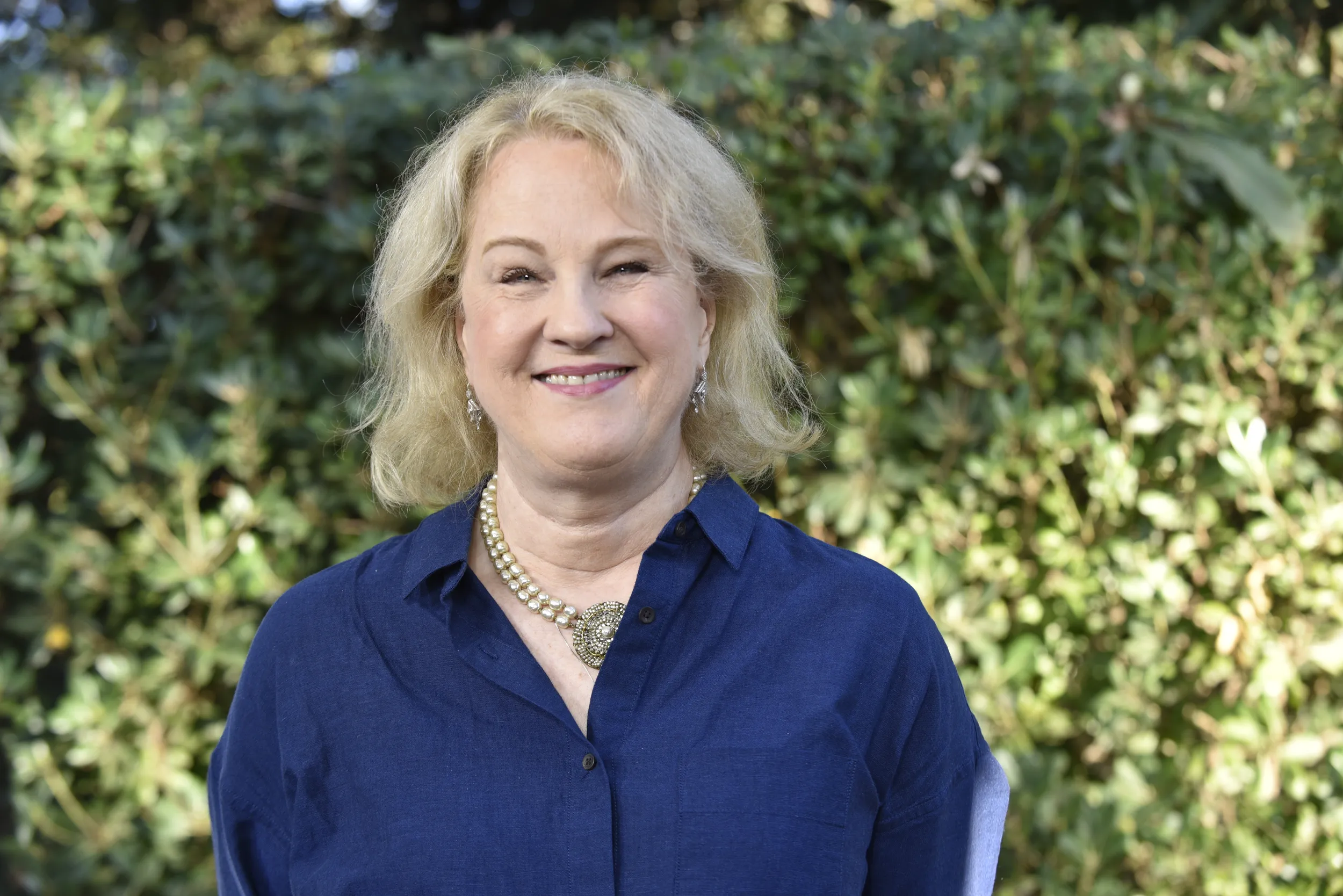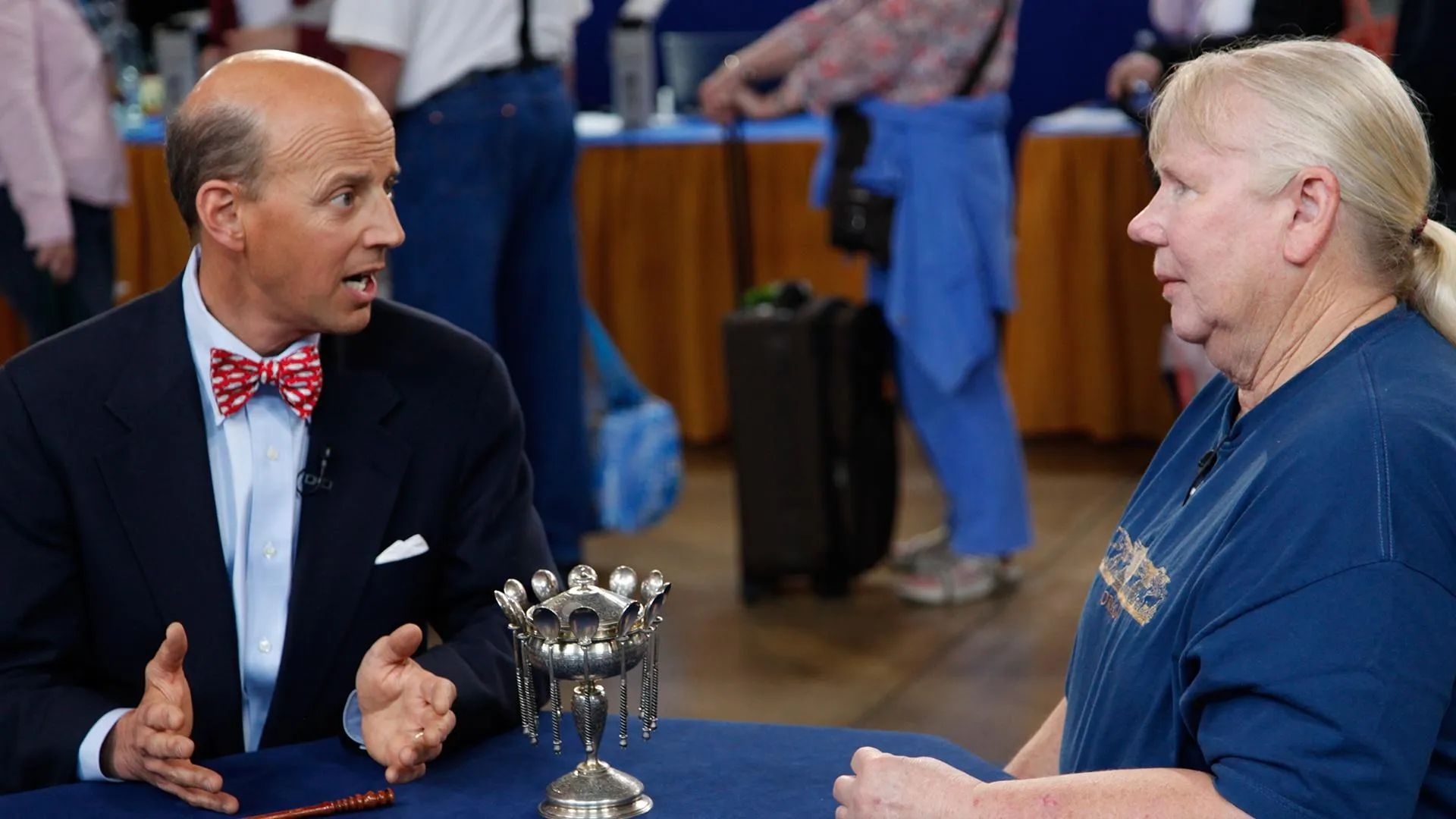GUEST: These were my father-in-law's. He was in Mexico City, staying at the St. Regis Hotel in 1933, and discovered that an artist by the name of Foujita was staying in the same hotel. So he talked to the bell captain and arranged to meet Foujita, and the bell captain made the arrangements, and after he met Foujita, he bought this drawing directly from Foujita, and I believe he paid $100 for it. A few days later, my father-in-law was talking to the bell captain, and the bell captain was sort of complaining about how cheap Foujita was, and he says, "Well, he didn't leave any tip." He just gave me this. And so my father-in-law took one look at it and graciously offered him five dollars for it, and he accepted the five dollars and was very happy about it.
APPRAISER: The artist's name is Tsuguharu Foujita. He was born in Japan, educated in Tokyo, and in 1913 he moved to Paris. He managed to immediately meet up with Picasso, Matisse, Modigliani, and all the great artists who were working there at the time. And unlike some of his counterparts, he was actually financially successful early on, so much so that he was probably the only artist at that time that had a bathtub with hot running water. That made him very popular with all the models. And he was also known for his flamboyant costumes and his kind of wild behavior. He was quite a character. And after his third marriage failed in 1931, he took off for South America. He organized a number of very successful exhibitions. There was one in 1932, in Buenos Aires, where 60,000 people attended the exhibition.
GUEST: Wow.
APPRAISER: And 10,000 people lined up just to get his autograph. He had submitted a work for a portfolio that was published by the League of Nations calling for world peace. So he was quite a successful artist. And, as you said, he went to Mexico in 1933. Foujita was really the first Japanese artist to sort of break out of the mode of the traditional way and style of doing art. And he managed to synthesize a kind of Japanese style with Western subject matter. In 1940, he moved back to Japan and started to produce these paintings that were really propaganda for Japan's military ambitions at the time. And these paintings were so revered that people would actually pray to them. But after the war, his reputation was sort of ruined. He was called a warmonger and a war criminal, basically. In 1949, he moved back to the West, and he was able to salvage his career, and then he died in 1968. You have two very different works. This is a small drawing of one of his favorite models, Madeline, or she's known as Mattie, and this larger depiction of a young Mexican boy holding his hat. He's really known for his wonderful depictions of women, and beautiful women. This is really the subject matter that people find more desirable. So although this one is larger, it's not as much what people want in the marketplace. So, they're really about the same value, which would be, at auction, around $10,000 to $15,000 each.
GUEST: Oh. That's kind of nice. Little more than five dollars.
APPRAISER: Better than five dollars.
GUEST: Yeah.



